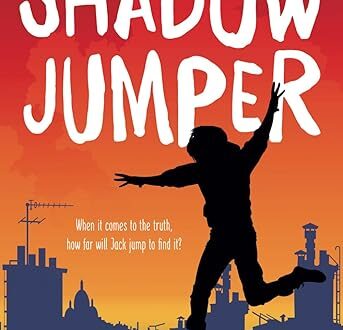Tornadoes—Deadly and Deceptive
Welcome weather watchers and future meteorologists. Today we are going to take a look at one of Mother Nature’s deadliest and most destructive yearly events—tornadoes.
What is a tornado?
Tornadoes are strong, spinning winds that form a column from a cloud to the ground. They look like giant, gray, funnel-shaped clouds. Tornadoes can travel long distances, with some known to travel over 200 miles. The winds of a tornado can reach speeds of up to 480km per hour. Tornadoes can cause great damage, including uprooting trees, overturning cars, and buildings, and lifting roofs and people. Tornadoes come in different shapes and sizes.
Tornadoes are formed when a thunderstorm has a special combination of winds. Inside the storm, there is a rotating column of air that can tilt and touch the ground. This happens when warm, humid air rises and cool air falls in the storm. The speed and direction of the winds can make the air spin faster or slower. Tornadoes are very powerful and dangerous, so it’s important to stay safe when they happen.
Most tornadoes occur in the United States, which averages about 1,200 tornadoes a year. The second country with the most tornadoes is Canada, which has about 100 tornadoes a year. Other countries that have a lot of tornadoes are Argentina, Australia, Brazil, New Zealand, and South Africa. Tornadoes can happen on any continent except Antarctica.
A hurricane cannot turn into a tornado, but it can spawn tornadoes. This happens when the hurricane’s outer rain bands contain strong thunderstorms that create spinning air near the ground. The spinning air can be tilted vertically by the thunderstorm’s updraft and form a tornado. Hurricane-related tornadoes are usually weaker and shorter-lived than those from supercell thunderstorms in the Plains, but they can still be dangerous.
A hurricane and a tornado are different in many ways. Here are some of them:
- A hurricane is a large-scale circulation of multiple thunderstorms that forms over water, with a diameter of hundreds to thousands of miles. A tornado is a small-scale circulation of a single thunderstorm that forms over land, with a diameter of a few hundred feet to a few miles.
- A hurricane can last for days or weeks, while a tornado usually lasts for a few minutes.
- A hurricane has lower wind speed than a tornado but can cause more damage and deaths over a larger area. A tornado has higher wind speed than a hurricane but can cause more localized damage and deaths.
- A hurricane forms near the equator over warm ocean waters, where the sea-surface temperature exceeds 76°F (26.5°C). A tornado forms in the high wind-shear environment of severe thunderstorms that develop over land.
Tornadoes form inside a thunderstorm when there is a collision between warm, humid air and cold, dry air. The cold air pushes over the warm air, creating an updraft. The updraft can start to spin when it is affected by winds blowing in different directions or speeds at different altitudes. This creates a rotating column of air that the thunderstorm’s updraft can tilt vertically and form a tornado.
To stay safe during a tornado warning, you should follow these steps:
- A tornado warning means a tornado has been spotted or indicated on weather radar. You should take action and move to a safe place immediately and protect yourself from flying debris.
- Immediately go to a safe location such as a safe room, basement, storm cellar or a small interior room on the lowest level of a sturdy building.
- Stay away from windows, doors, and outside walls. Protect yourself by covering your head or neck with your arms and putting materials such as furniture and blankets around or on top of you. This is to protect you from flying debris.
- Keep listening to radio, TV, or other news sources for updates on the tornado situation. Stay in your shelter until the tornado warning is over.
- Do not enter damaged buildings. If the building you are in has been damaged, exit with extreme care and stay out. Look around for things that might fall or dangerous debris. Do not use matches or lighters inside.
- A tornado watch means conditions are favorable for tornadoes to occur. You should be ready to move to a safe place and stay alert for updates on the weather situation.
If you ever find yourself facing a tornado, keep all of our safety tips in mind.
AIME


